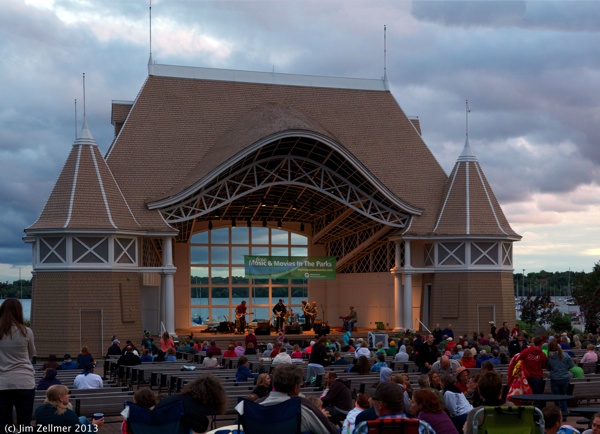Daily Archives: July 29, 2013
Has Motorization in the USA Peaked?
This study examined recent trends in the numbers of light-duty vehicles (cars, pickup trucks, SUVs, and vans) in the U.S. fleet. The analysis considered both the absolute numbers and the rates per person, per licensed driver, and per household. The period examined was from 1984 through 2011. The absolute number of vehicles reached a maximum in 2008. However, it is likely that this was only a temporary maximum and that the decline after 2008 was primarily driven by the current economic downturn that started in 2008. Consequently, with the improving economy and the expected increase in the U.S. population, it is highly likely that (from a long-term perspective) the absolute number of vehicles has not yet peaked. On the other hand, the rates of vehicles per person, licensed driver, and household reached their maxima prior to the onset of the current economic downturn.
Consequently, it is likely that the declines in these rates prior to the current economic downturn (i.e., prior to 2008) reflect other societal changes that influence the need for vehicles (e.g., increases in telecommuting and in the use of public transportation). Therefore, the recent maxima in these rates have better chances of being long-term peaks as well.
However, because the changes in the rates from 2008 on likely reflect both the relevant societal changes and the current economic downturn, whether the recent maxima in the rates will represent long-term peaks as well will be influenced by the extent to which the relevant societal changes turn out to be permanent.
Information about Sustainable Worldwide Transportation is available at http://www.umich.edu/~umtriswt
Heart Surgery in India for $1,583 Costs $106,385 in U.S.
Devi Shetty is obsessed with making heart surgery affordable for millions of Indians. On his office desk are photographs of two of his heroes: Mother Teresa and Mahatma Gandhi.
Shetty is not a public health official motivated by charity. He’s a heart surgeon turned businessman who has started a chain of 21 medical centers around India. By trimming costs with such measures as buying cheaper scrubs and spurning air-conditioning, he has cut the price of artery-clearing coronary bypass surgery to 95,000 rupees ($1,583), half of what it was 20 years ago, and wants to get the price down to $800 within a decade. The same procedure costs $106,385 at Ohio’s Cleveland Clinic, according to data from the U.S. Centers for Medicare & Medicaid Services.
“It shows that costs can be substantially contained,” said Srinath Reddy, president of the Geneva-based World Heart Federation, of Shetty’s approach. “It’s possible to deliver very high quality cardiac care at a relatively low cost.”
